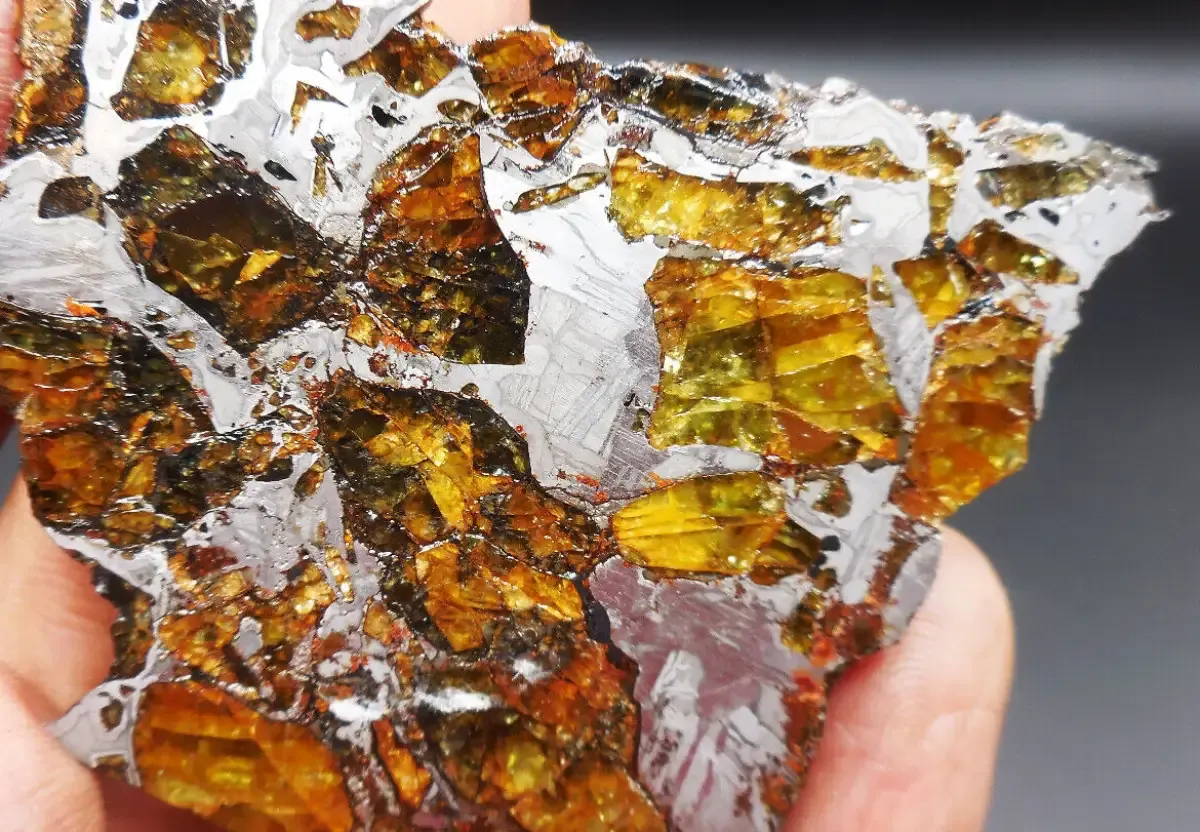7 Billion-Year-Old Stardust Found on Earth
Scientists have discovered the oldest material ever found on Earth: 7 billion-year-old stardust trapped inside a meteorite. The stardust, which is made up of tiny grains of carbon, silicon, and other elements, was formed in the early universe, long before our solar system was born.
The meteorite that contains the stardust is called the Murchison meteorite, and it fell to Earth in Australia in 1969. Scientists have been studying the Murchison meteorite for decades, and they have found that it contains a wide variety of presolar grains, which are grains of dust that predate our solar system.

The new study, led by researchers at the University of Chicago and the Field Museum, used a technique called laser ablation inductively coupled plasma mass spectrometry (LA-ICP-MS) to analyze the chemical composition of the presolar grains in the Murchison meteorite. This technique allowed the researchers to determine the age of the grains and their source in the early universe.
The results of the study showed that the oldest presolar grains in the Murchison meteorite are about 7 billion years old. This means that they were formed just a few billion years after the Big Bang. The grains are also thought to have come from the atmospheres of dying stars, which expelled them into space when they exploded.
The Implications of This Discovery
The discovery of 7 billion-year-old stardust on Earth has a number of implications for our understanding of the universe. First, it confirms that star formation was happening in the early universe, just a few billion years after the Big Bang. This is important because it suggests that the universe was already teeming with stars and planets much earlier than previously thought.
Second, the discovery of the stardust provides new insights into the formation of our solar system. The grains are thought to have come from the atmospheres of dying stars, which means that they were part of other solar systems before they were incorporated into our own. This suggests that our solar system may have formed from the debris of multiple stars, which could explain why it is so rich in elements like carbon and silicon.
Finally, the discovery of the stardust could help scientists to better understand the origins of life on Earth. The grains are thought to have been formed in the same conditions that are thought to have been present on early Earth, so they could have provided the raw materials for life to emerge. This suggests that life may have been a common occurrence in the early universe, and that it could have arisen on other planets as well.
The Future of Research on Stardust
The discovery of 7 billion-year-old stardust on Earth is a major breakthrough, and it is sure to inspire further research on this fascinating material. Scientists are now eager to study the stardust in more detail, and to learn more about its origins and its implications for the history of the universe.
One area of future research that is particularly promising is the study of the stardust's chemical composition. By analyzing the different elements that make up the grains, scientists can learn more about the conditions that existed in the early universe. This could help them to better understand how stars and planets formed, and how life may have arisen.
Another area of future research is the study of the stardust's physical properties. By studying the size, shape, and structure of the grains, scientists can learn more about how they were formed and how they have traveled through space. This could help them to better understand the history of the stardust, and its journey to Earth.
The discovery of 7 billion-year-old stardust on Earth is a truly remarkable finding, and it is sure to have a profound impact on our understanding of the universe. The future of research on stardust is bright, and it is likely that we will learn much more about this fascinating material in the years to come.
The above story is based on Materials provided by Field Museum.








